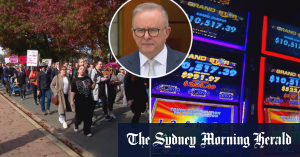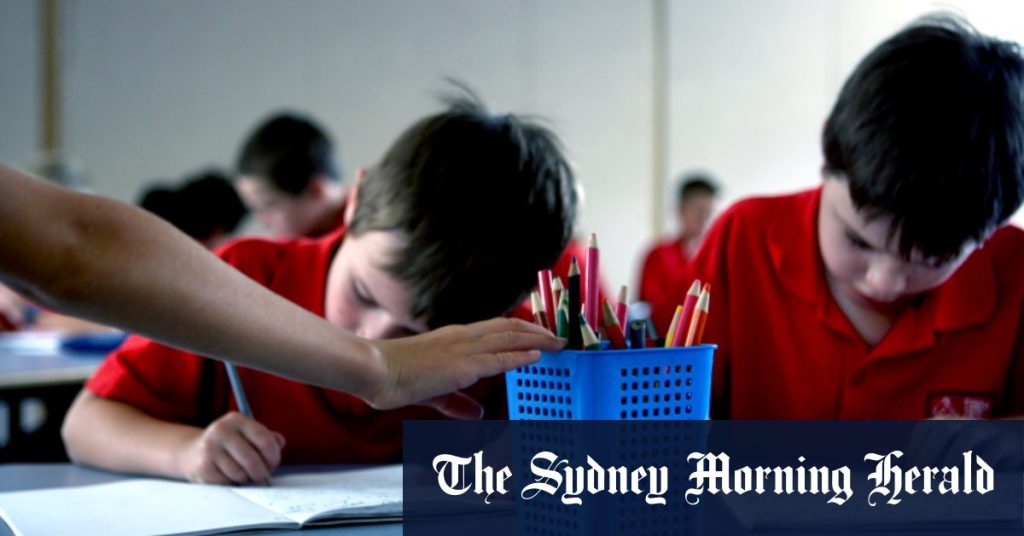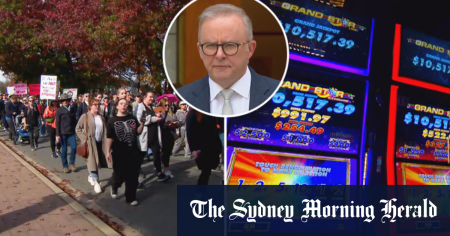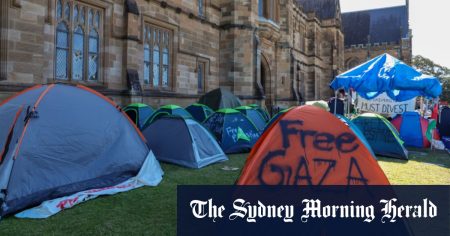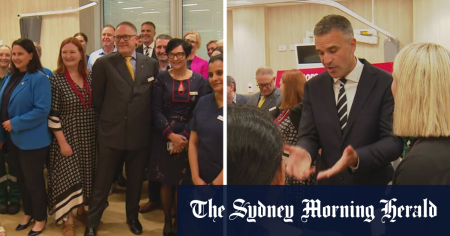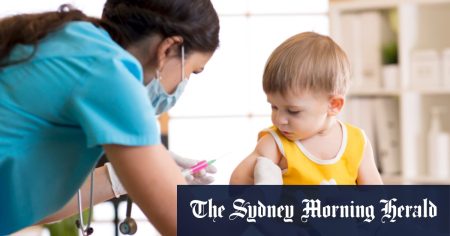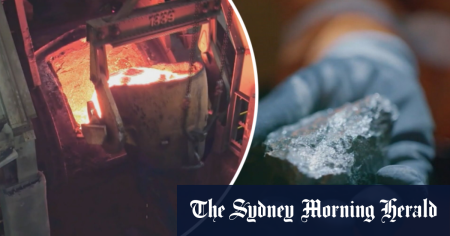The federal government has funded 28 projects under a private schools program, with six projects exceeding $4 million each. These projects include the construction of new campuses, digital technology studios, car park extensions, a creativity hub, and landscaping. Education economist Adam Rorris believes that while the government’s decision to reinvest in public school capital funding is positive, it still falls short of what is needed. Rorris points out that private school capital spending is up to four times greater than public funding, with big private schools often using government funds as a “top-up” to their own resources. This creates a significant inequity between public and private school facilities.
Research shows that school infrastructure plays a crucial role in student outcomes. Many public school principals struggle to fund basic amenities such as working toilets and air-conditioning. The federal government’s $275 million Schools Upgrade Fund for public schools was established after COVID-19, following the discontinuation of the original fund in 2017 by the previous Coalition government. While Catholic and independent schools have access to a separate annual capital fund, worth about the same amount for half the number of schools, concerns have been raised about the allocation of these funds. More than $40 million from this fund has been directed towards wealthier private schools, rather than schools serving disadvantaged students.
Five of the richest private schools in Victoria and NSW have spent more on new facilities than what governments have spent on capital works in half of the public schools across Australia. Public schools are also disadvantaged in terms of direct student funding, receiving billions of dollars less annually compared to private schools. Jason Clare, the Federal Education Minister, has promised to address this funding disparity and build a fairer education system. Victorian Education Minister Ben Carroll has highlighted the state’s significant investments in upgrading thousands of schools, welcoming Canberra’s efforts to do the same.
Education ministers from five states and territories, including NSW, Victoria, and Queensland, are expected to advocate for a 5% increase in the Commonwealth’s share of overall public student funding when they meet this month. The Australian Education Union is calling for a $1.25 billion injection into public school infrastructure, along with ongoing funding support for the sector. While the federal Education Department has not made any decisions regarding future capital funding, there is a growing demand for increased investment in public school facilities to address the longstanding disparities between public and private schools. The push for a fairer education system that provides equal opportunities for all students continues to gain momentum.

